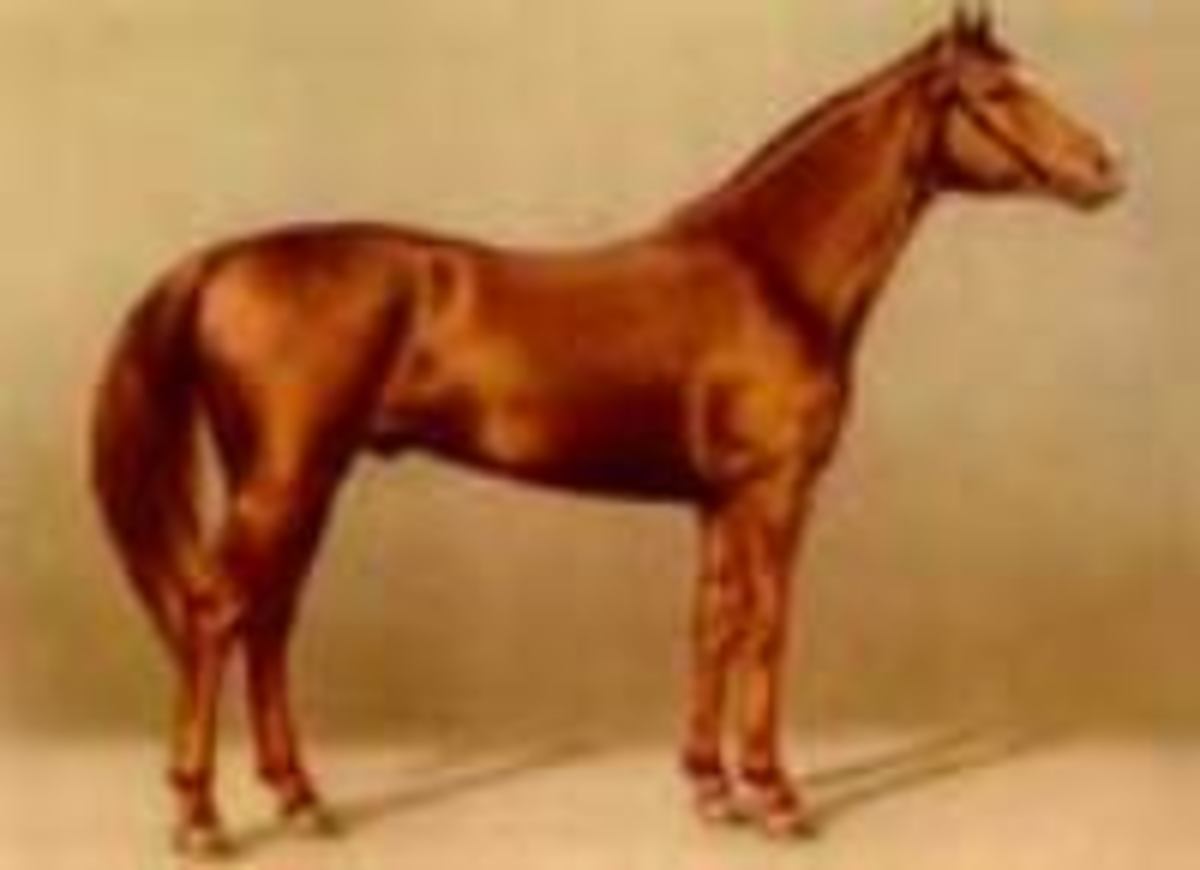Home > Horse Care > Breeding > Breed Profile: Budenny
Breed Profile: Budenny
- July 25, 2019
- ⎯ Equus
Origins
The Russian Budenny horse is a fairly new breed. It began to be developed after World War I, as a mount for the Russian cavalry. With support from the Government, breeders in the traditional horse breeding zone of the Don steppe began breeding Russian Don mares with thoroughbred stallions. The selection of quality foundation breeding stock, along with rigorous testing and selection, ensured that the resulting horse was suitable as a cavalry horse, with quality, speed and endurance.
The Budenny breed was officially recognized in 1949 and was named for Marshal Semen Budenny, a Soviet cavalry commander who was instrumental in the development of the breed.
Appearance

Photograph ©
. Used with permission.
The Budenny is an attractive, quality horse, standing 15.2 – 16 hands. The predominent color is chestnut, often with the metallic sheen seen in other Russian breeds, such as the Akhal Teke. Bays and browns are also seen.
The conformation of the Budenny is suited to it’s use, that of a riding horse. It is well proportioned, with a deep girth and strong limbs.
Budenny breeders recognize three different types of the Budenny:
- Massive type – large, well-muscled and strong. Strong constitution and easy keepers. Also good as carriage horses.
- Oriental type – more refined and elegant. Not such easy keepers as the massive type. Often displaying the metallic sheen to the coat.
- Medium type – not as massive as the massive type. More athletic, faster.
Uses
The Budenny was originally developed as a mount for the Soviet cavalry. Since the disbanding of the cavalry in 1953, the breeding of the Budenny has been oriented more towards sports and racing.Budennys are now used in classical equestrian sports, such as jumping and dressage, even reaching Olympic competition. Their courage and stamina also makes them good as steeplechasers.Sources:
Horses and Ponies of the World – Elwyn Hartley-Edwards. ISBN 0-600-34533-5
www.horses.ru





